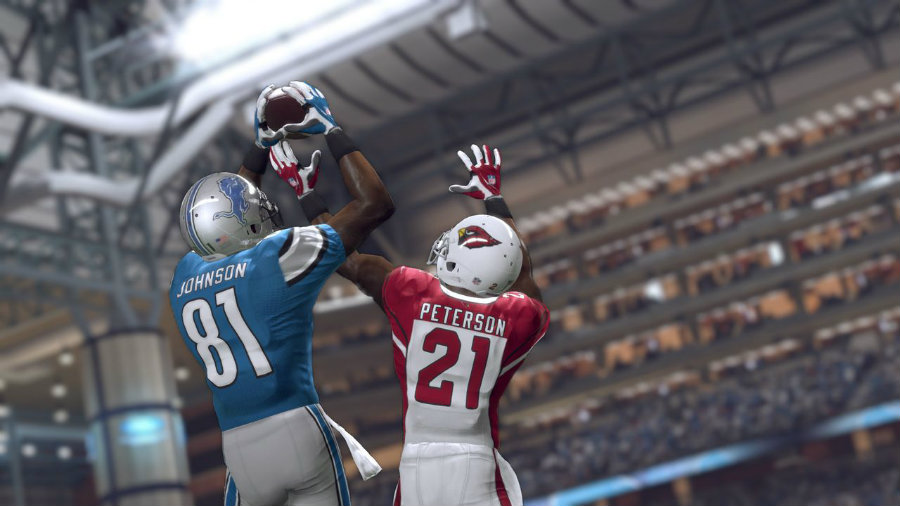A team of researchers studied 40 brains of ex- National Football League (NFL) players and found evidence of brain injury and brain impairment, among other problems in the patients.
Researchers from the Florida State University School of Medicine evaluated a small study on the brain health of ex-NFL football players between an average age of 36. The study came as a response to the recent announcements on long-term head injuries in football players.
Researchers found that around 40 percent of the retired NFL players had signs of brain injury, which in most cases develops as degenerative brain diseases.

According to Dr. Francis Conidi, one of the study’s authors, the percentage is “significantly higher than that of the general population”.
“It is one of the first researches to demonstrate significant evidence for traumatic brain injury,” said Conidi, according to Huffington Post.
The evaluated patients ranged ages from 25 years to 56, and had previously played professional football at the NFL for at least an average duration of 7 years.
The results
The study assures the patients suffered from an average 8.1 concussions during their time as NFL players. The result of the percentage ended up in a 31 percent sub-concussive brain damage during their career.
The scientists performed brain scans with Magnetic Resonance Imaging (MRI), resulting in a 30 percent of nerve axons disruption in brain injury.
Almost half of the patients showed problems when it came to cognitive performance and executive function.
Around 45 percent of the former players resulted in problems with their learning and memory, 42 percent presented attention and concentration issues and 24 percent had perceptual and spatial problems.
Patients also showed mood problems such as depression and apathy, plus behavior changes that included aggression and impulse control. Some also presented body tremors and difficulty at making facial expressions.
The research findings are an adding to recent studies and statements on the NFL’s and general football methods, questioning the methods used in the players.
Source: AAN.com
